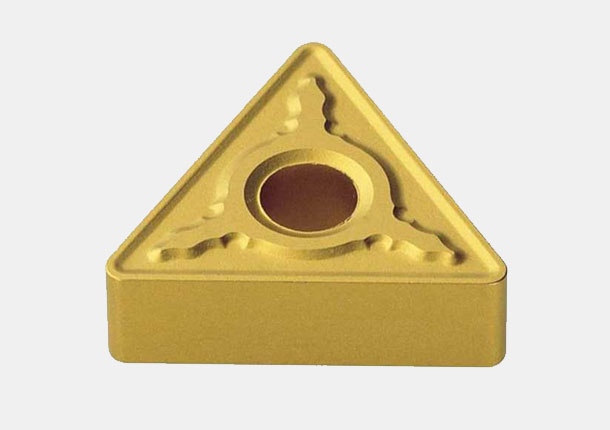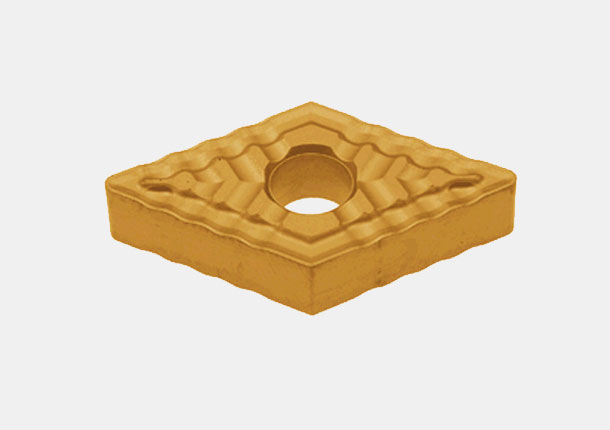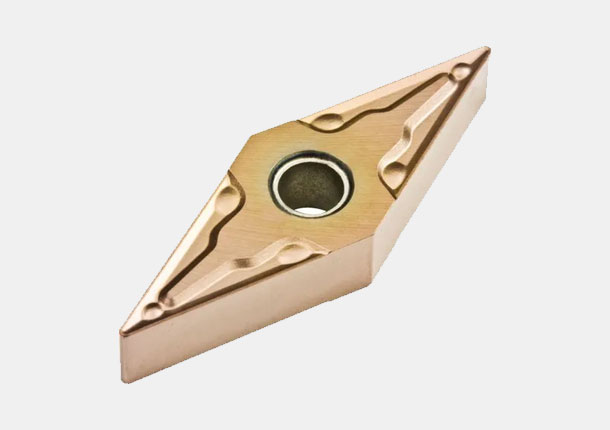Turning




Turning is a widely used machining process in which material is removed from a workpiece to shape it into a cylindrical form. This process is typically carried out using a lathe, which rotates the workpiece while a cutting tool removes excess material. The workpiece is securely held in place by a fixture, ensuring precise and accurate cuts. The cutting tool, usually made of hard, durable materials, is carefully selected to match the type of material being worked on and the desired outcome. Turning is commonly employed in the production of components such as shafts, wheels, and other cylindrical or conical parts, offering high precision and smooth finishes.
We provide:
-
ISO Turning Solution
-
Uncoated carbide, Cermet Insert
-
Coating: CVD, PVD, Diamond, Cermet
-
Tool Holder/Boring bar
Features :
-
Precision and Accuracy : Turning provides high-precision machining, ensuring accurate dimensions and smooth finishes, which is crucial for components like shafts, bearings, and gears.
-
Cylindrical and Conical Shapes : This process is ideal for producing cylindrical and conical shapes, making it suitable for a wide range of parts used in automotive, aerospace, and machinery industries.
-
Versatility : Turning can handle a variety of materials, including metals, plastics, and composites, allowing for the production of different types of components from different industries.
-
Customizable Cutting : The lathe allows for different cutting operations like roughing, finishing, and threading, which can be tailored to meet specific requirements for a given component.



